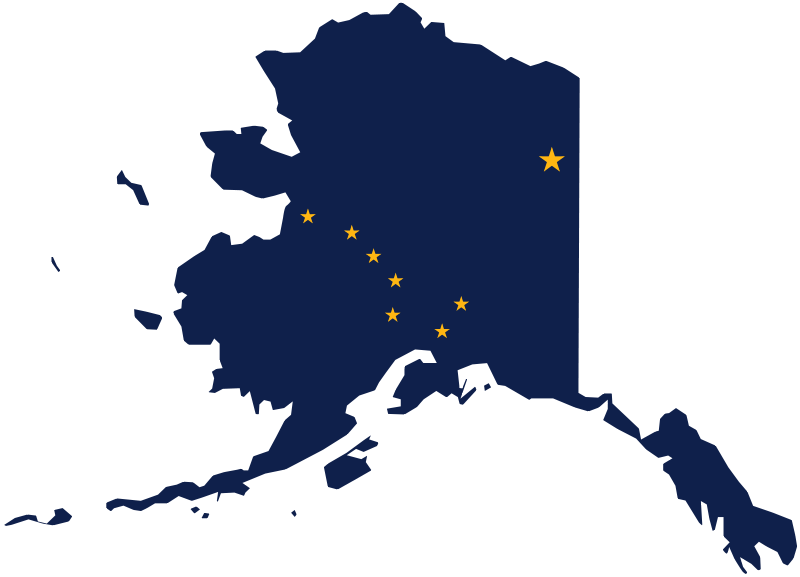A special election to fill the seat representing Alaska’s at-large district in the U.S. House will be held on Aug. 16. Sarah Palin (R), Nicholas Begich III (R), and Mary Peltola (D) are running. Al Gross (I) also advanced from the June 11 top-four primary, but he withdrew from the race on June 20. In the special primary, Palin received 27% of the vote, Begich 19%, Gross 13%, and Peltola 10%.
Former Rep. Don Young (R) died in March.
Begich founded a technology development company and co-founded a company that invests in startups. He co-chaired the Alaska Republican Party Finance Committee and Young’s 2020 re-election campaign. Begich entered the regular U.S. House primary election before Young’s death. Begich is campaigning on his business background, saying he can “make the business case for Alaska effectively down in D.C.”
Palin served as governor of Alaska from 2006 to 2009 and was John McCain’s (R) vice presidential running mate in 2008. Palin is campaigning on her record as governor, which she says includes taking “meaningful steps toward energy independence, passing bipartisan ethics reform, and facilitating the biggest private sector infrastructure project in U.S. history.” Palin said after Young’s death, “As I’ve watched the far left destroy the country, I knew I had to step up and join the fight.”
Peltola served in the Alaska House of Representatives from 1999 to 2009 and is interim executive director of the Kuskokwim River Inter-Tribal Fish Commission. Peltola calls herself a “[p]roven legislative leader and coalition builder.” She emphasizes her background in fishing and prioritization of marine resource management as a key campaign issue. Peltola also highlights that she is an Alaska Native woman.
The Alaska Republican Party endorsed Begich. Former President Donald Trump (R) backed Palin. Five primary candidates endorsed Peltola: independents Gross* and Santa Claus and Democrats Christopher Constant, Mike Milligan, and Emil Notti.
All 48 primary candidates ran on the same ballot. The 16 Republican primary candidates received 58% of the vote combined. The 22 candidates running as nonpartisans or undeclared received 24%. Six Democratic candidates received 17%. The remaining 1% of voters chose a third-party candidate. Gross, the nonpartisan candidate with the most votes, ran for U.S. Senate as a Democrat in 2020.
The special primary was the first top-four congressional primary in U.S. history. The special general election will use ranked-choice voting.
*Gross also endorsed Tara Sweeney (R), but the state supreme court ruled she could not advance to the general election.
Additional reading:
United States House of Representatives special election in Alaska, 2022 (June 11 top-four primary)
Alaska Ballot Measure 2, Top-Four Ranked-Choice Voting and Campaign Finance Laws Initiative (2020)


